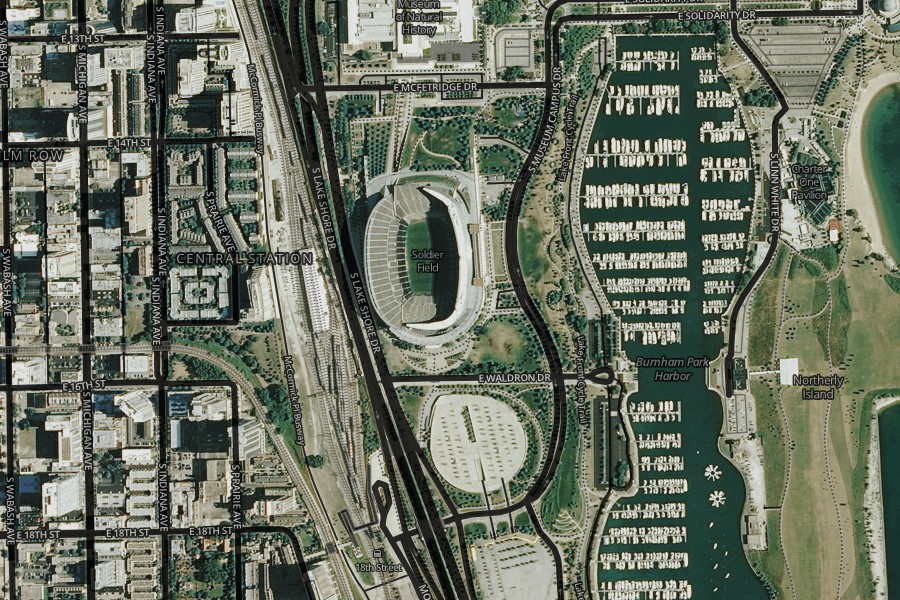I'd like to introduce a new location-based game: Kort.
This web app motivates users to help improving OpenStreetMap (OSM) data. Game-like elements are used like credit points and badges in a mission to resolve missing spatial data. Kort combines the concept of gamification with volunteered geographic information and is targeted to non-specialists. Within three weeks more than 1,000 users registered and it has been translated into 11 languages!
After having signed in with OSM or Google account, credit points (so called 'Koins') are collected by the players on a mission task. Examples are POIs without a name, where users have to enter the missing label. All proposals for solutions are then validated by other players. If a proposal has passed validations (around 3 depending on error type), it is considered complete.
Data errors are downloaded every night from a project called KeepRight. The data covers many parts of the world except for parts of North America and others. The final task of integrating the passed proposals into OpenStreetMap has not been realized yet. It can be done manually, though. This an other enhancements like moderating campaigns are planned in the near future.
The project has been implemented by two computer science students during their bachelor thesis at the Geometa Lab of the University of Applied Sciences, Rapperswil (Switzerland). It's based on HTML5, free (open source) and it runs on iPhone and Android, and in Chrome.



